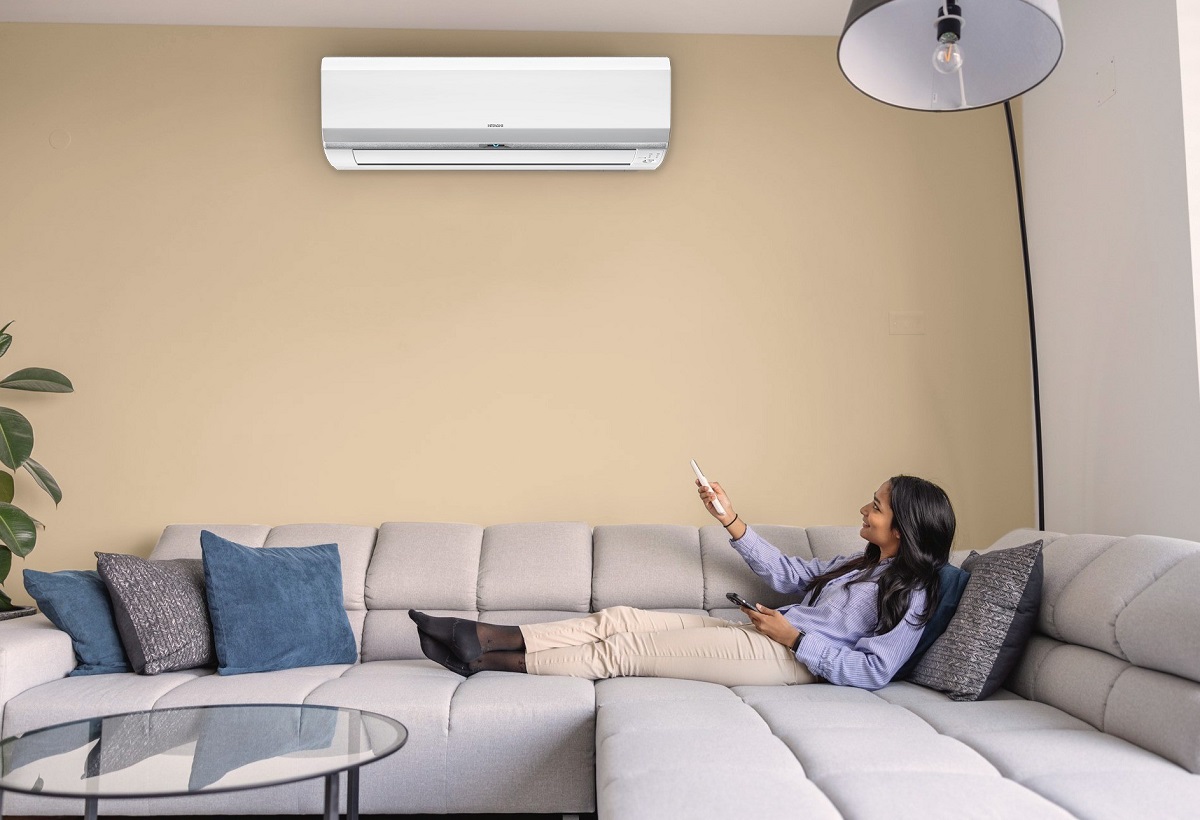How Long Should Your Ac Run

Air conditioner running costs are skyrocketing. Learn how to optimize your AC usage and slash your energy bills now.
This guide provides data-driven insights into determining the ideal AC run time, minimizing energy consumption, and maximizing comfort.
Understanding Optimal AC Run Time
There's no one-size-fits-all answer. The ideal AC run time depends on factors like home size, insulation, climate, and desired temperature.
However, understanding these factors can significantly reduce energy waste.
Home Size and Insulation
A larger home naturally requires more cooling. Homes with poor insulation lose cool air faster, forcing the AC to work harder and longer.
Consider these factors when determining an appropriate schedule.
Climate and Weather Conditions
Extreme heat necessitates longer run times. Mild weather may allow for shorter cycles or even turning the AC off entirely.
Adjust your usage based on daily forecasts.
Desired Temperature
Setting the thermostat too low drastically increases energy consumption. The U.S. Department of Energy recommends 78°F (26°C) when you're home and higher when you're away.
Each degree lower can increase energy use by 1-3%.
The "On-Off" Cycle: Is It Costing You More?
The myth that turning off the AC when you leave for short periods saves energy is often false. Starting an AC requires a surge of power.
Frequent on-off cycles can actually consume more energy than maintaining a consistent temperature.
Smart Thermostats: The Solution?
Smart thermostats learn your habits and adjust the temperature automatically. Brands like Nest and Ecobee offer features like geofencing, which adjusts the temperature based on your location.
These devices can optimize run time and save you money.
Data-Driven Insights on AC Usage
According to the Energy Information Administration (EIA), air conditioning accounts for about 12% of total U.S. home energy consumption. This figure highlights the potential for significant savings through optimized usage.
Research from Consumer Reports shows that upgrading to a more efficient AC unit can reduce cooling costs by 20-40%.
Understanding SEER Ratings
The Seasonal Energy Efficiency Ratio (SEER) measures an AC unit's cooling efficiency. A higher SEER rating indicates greater efficiency.
The minimum SEER rating currently mandated by the federal government is 14 for most regions.
Preventative Maintenance: Keeping Your AC Efficient
Regular maintenance is crucial for optimal performance. Dirty air filters restrict airflow, forcing the AC to work harder.
Schedule annual professional maintenance to ensure your unit is running efficiently.
DIY Maintenance Tips
Clean or replace air filters monthly. Clear debris from around the outdoor unit. Inspect and clean the condensate drain line.
Who is Affected?
All homeowners and renters with air conditioning are impacted by energy costs. Low-income households are disproportionately affected by high utility bills.
Implementing energy-saving strategies is crucial for managing expenses.
Where is this Most Relevant?
Regions with hot and humid climates, such as the Southeastern United States, experience the greatest AC usage. However, even in milder climates, optimizing AC usage can lead to significant savings.
When Should You Act?
Now. Rising energy costs demand immediate action. Implement the strategies outlined in this guide to minimize your energy consumption.
How to Take Control of Your AC Costs
Assess your home's insulation. Upgrade to a smart thermostat. Schedule regular maintenance. Adjust your thermostat settings based on occupancy and weather conditions.
Consider upgrading to a high-efficiency AC unit when the time comes to replace your current system.
Next Steps
Contact a qualified HVAC technician for a home energy audit. Research available rebates and incentives for energy-efficient upgrades. Start tracking your energy consumption to identify areas for improvement.
Stay informed about new technologies and strategies for optimizing AC usage.
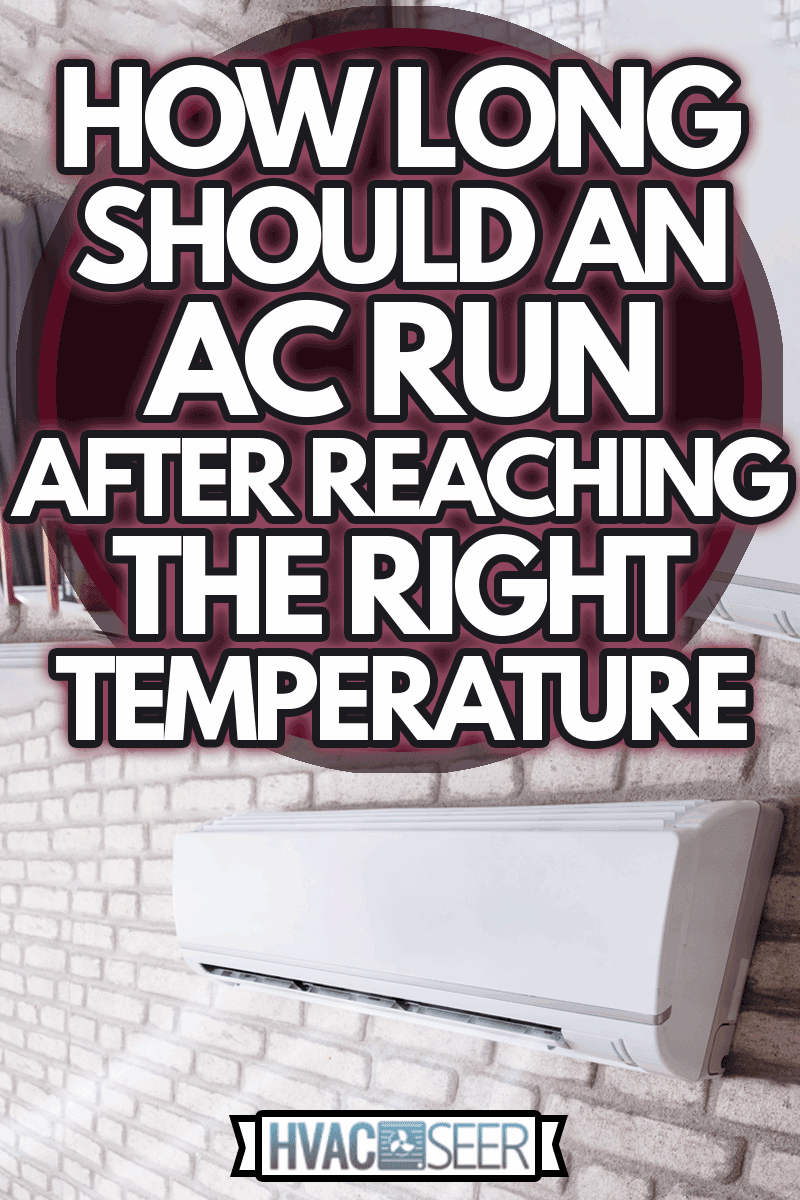
![How Long Should Your Ac Run How Long Should My AC Run? [Expert AC Tips]](https://www.scottsdaleair.com/wp-content/uploads/2022/05/How-long-should-my-AC-Run-Expert-AC-Tips.png)
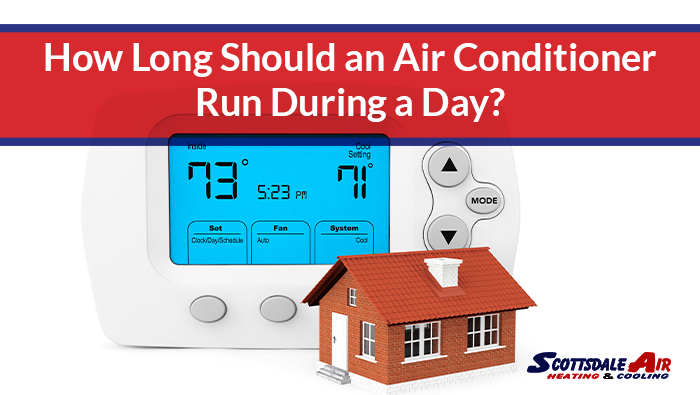

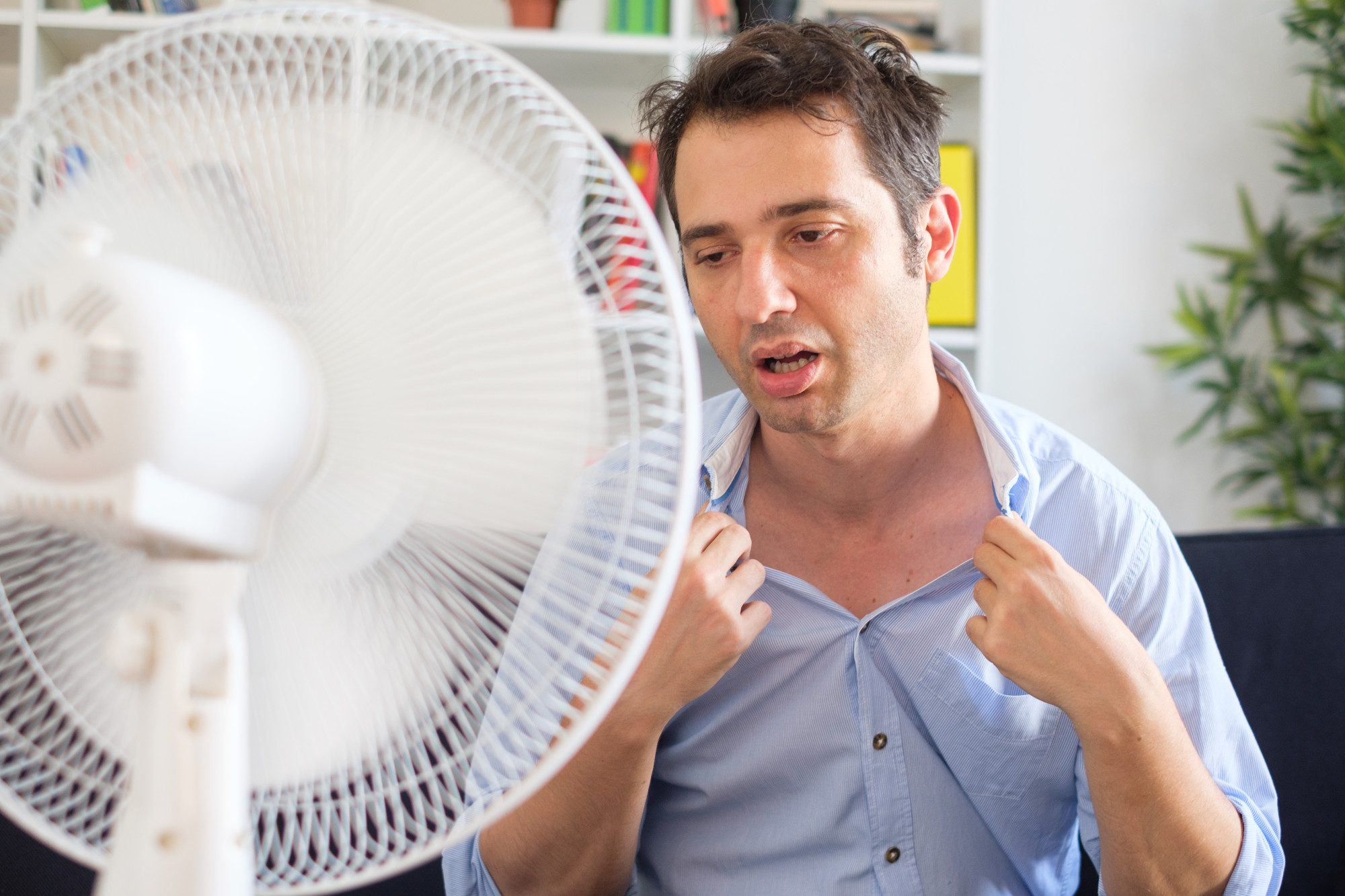

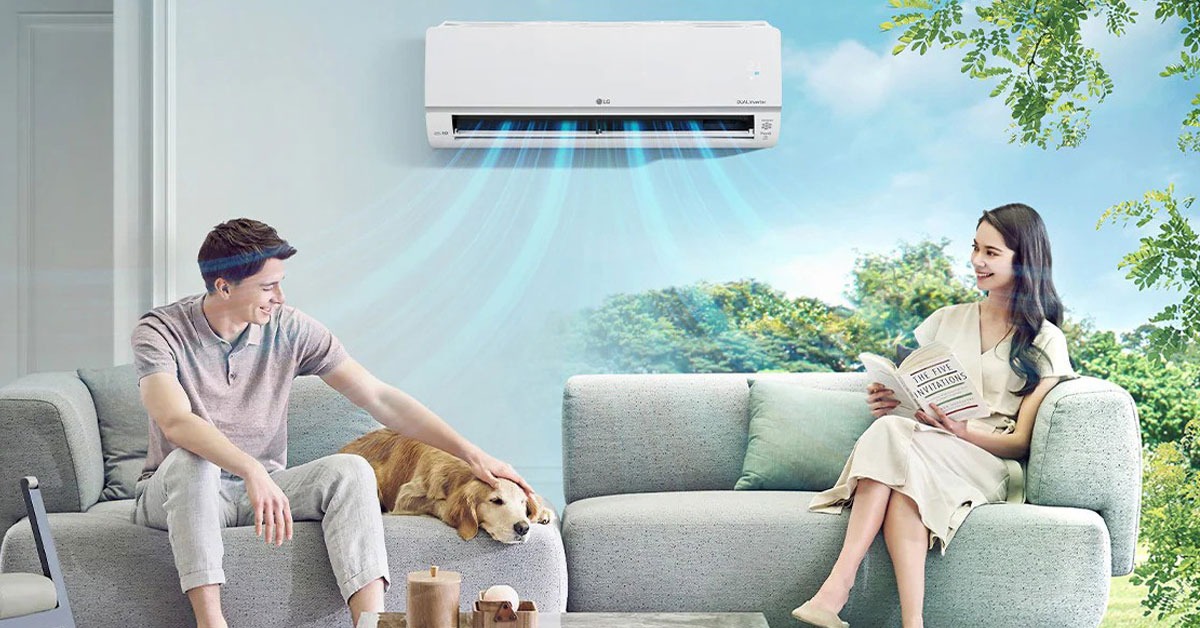
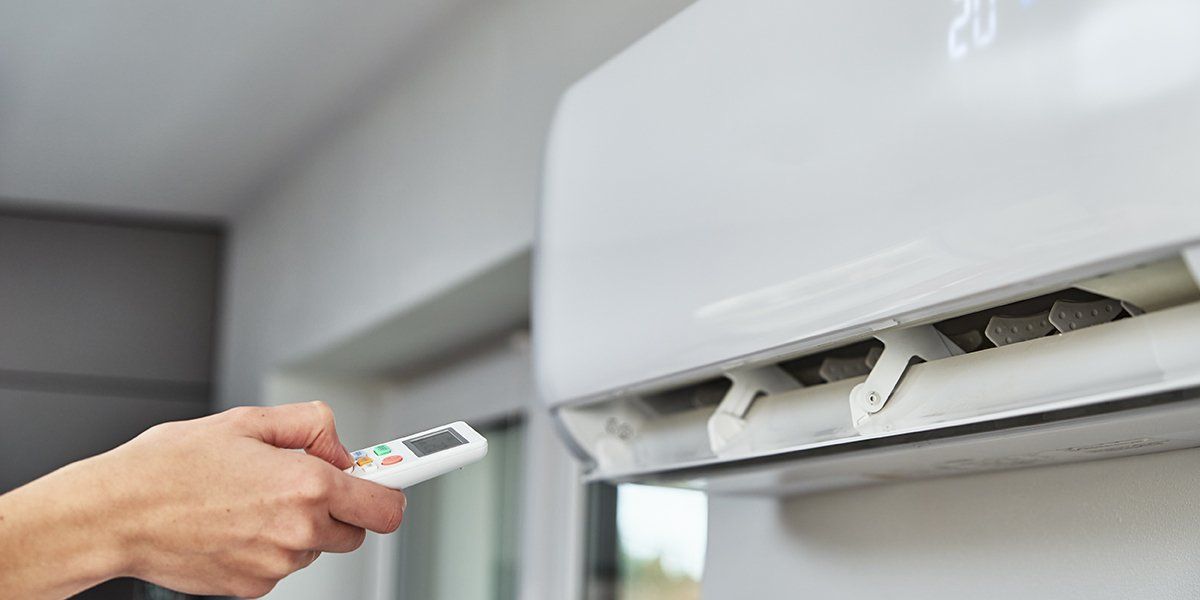
![How Long Should Your Ac Run How Long Can Air Conditioner Run Continuously [Calculated]](https://homecaprice.com/wp-content/uploads/2023/02/how-long-can-ac-run-continuously_URL.png)




